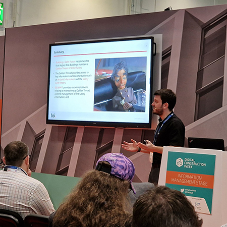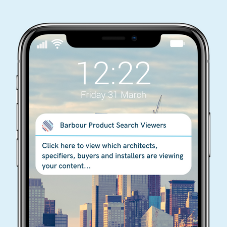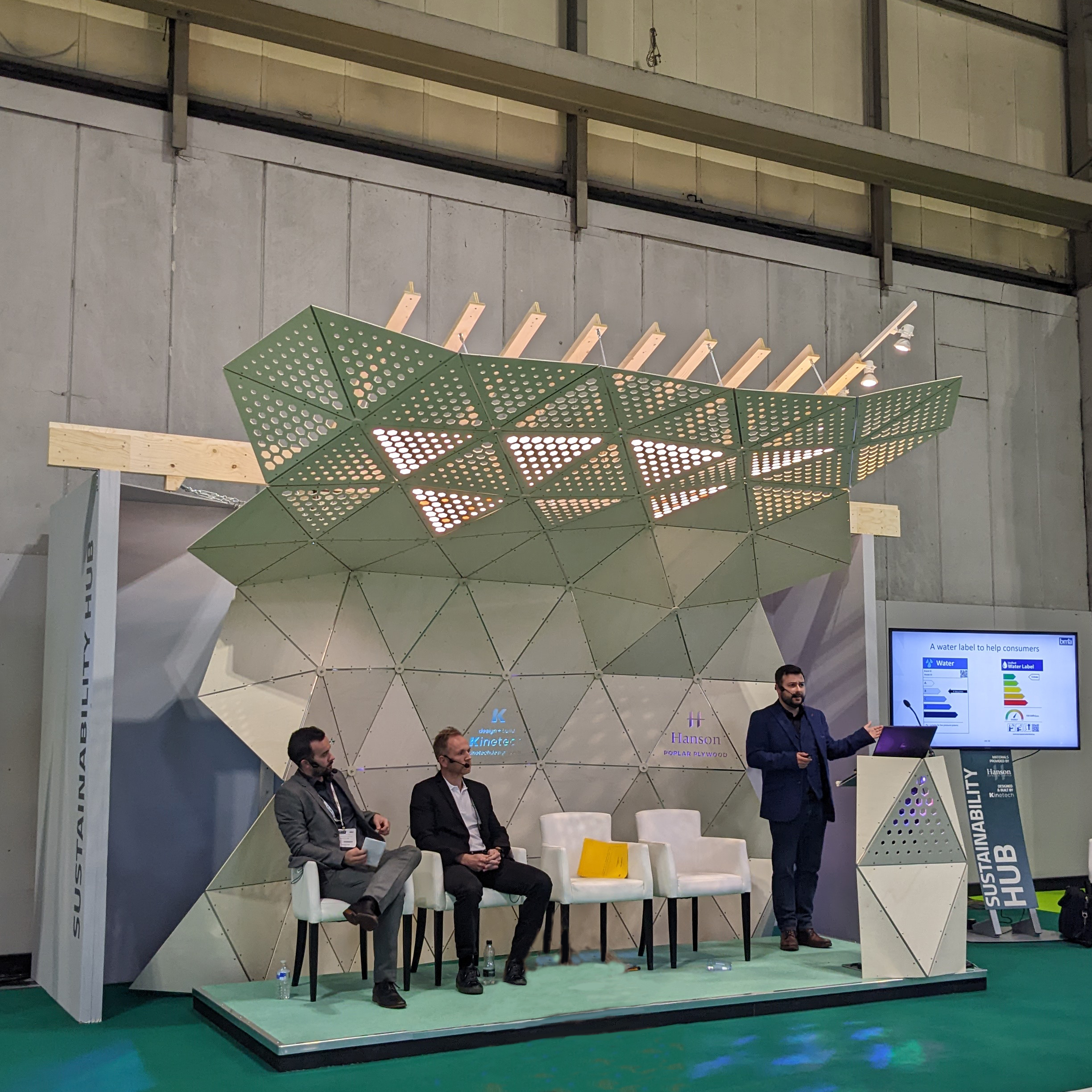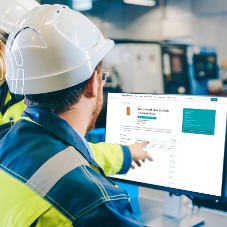Make sure you don't miss anything whilst specifying your LED lights by using our handy checklist:
☐ What are your key lighting objectives?
The ultimate objective of commercial lighting is to provide enough illumination to complete tasks safely and without strain – but you must also consider other concerns, such as lifetime running costs, energy savings and maintenance requirements. It’s important to understand all the influential factors at play before specifying a solution.
☐ Check your Design
Get the manufacturer to prove the design. Ask for a complete lighting design layout, and compare this with other older technologies you currently support to make sure the numbers, and designs, stack up.
☐ Assess planning and controls
Depending on the scope, the installation may require a completely new lighting plan. This should obviously be carried out by a trained design professional.
☐ Choosing the Colour
Colour temperatures with LEDs can vary from 2800 all the way up to 10,000K so there's plenty of choice. If you’re trying to replace your halogen lights, you should go for around 3000K. As a rule of thumb, you can classify warm white as 2,700-3,000k, daylight as 4,000-4,500k and cool white as 5,500-6,000k.
☐ Choosing Colour rendering
Make sure the colour rendering matches your application – warmer white LEDs tend to have higher colour rendering – but with higher degrees of colour rendering you have a severe drop off in terms of overall efficiency.
☐ Choosing the Lumens
LED modules can be difficult to measure in the same way as light bulbs and this leads to a number of errors. The worst case is when LED chip data is translated into light output from a real fitting – not accounting for optical and thermal loss of the whole luminaire. Make sure the quoted lumens is what is leaving the fixture.
☐ Check your Efficiency
Make sure you understand the lumens per circuit watt as this incorporates all the system losses, including optical, thermal and electrical losses Lots of headline figures give impressive LED chip efficiencies – but these soon evaporate with a low grade optical system, inefficient driver and poor thermal management.
☐ Check your Heat
Efficient thermal management is the key to long term reliability and performance of LED devices. Will the superefficient heatsink still work when the back of the unit is covered in insulation? Better sure than sorry!
Click here for more LED Lighting resources on the LED Hub















